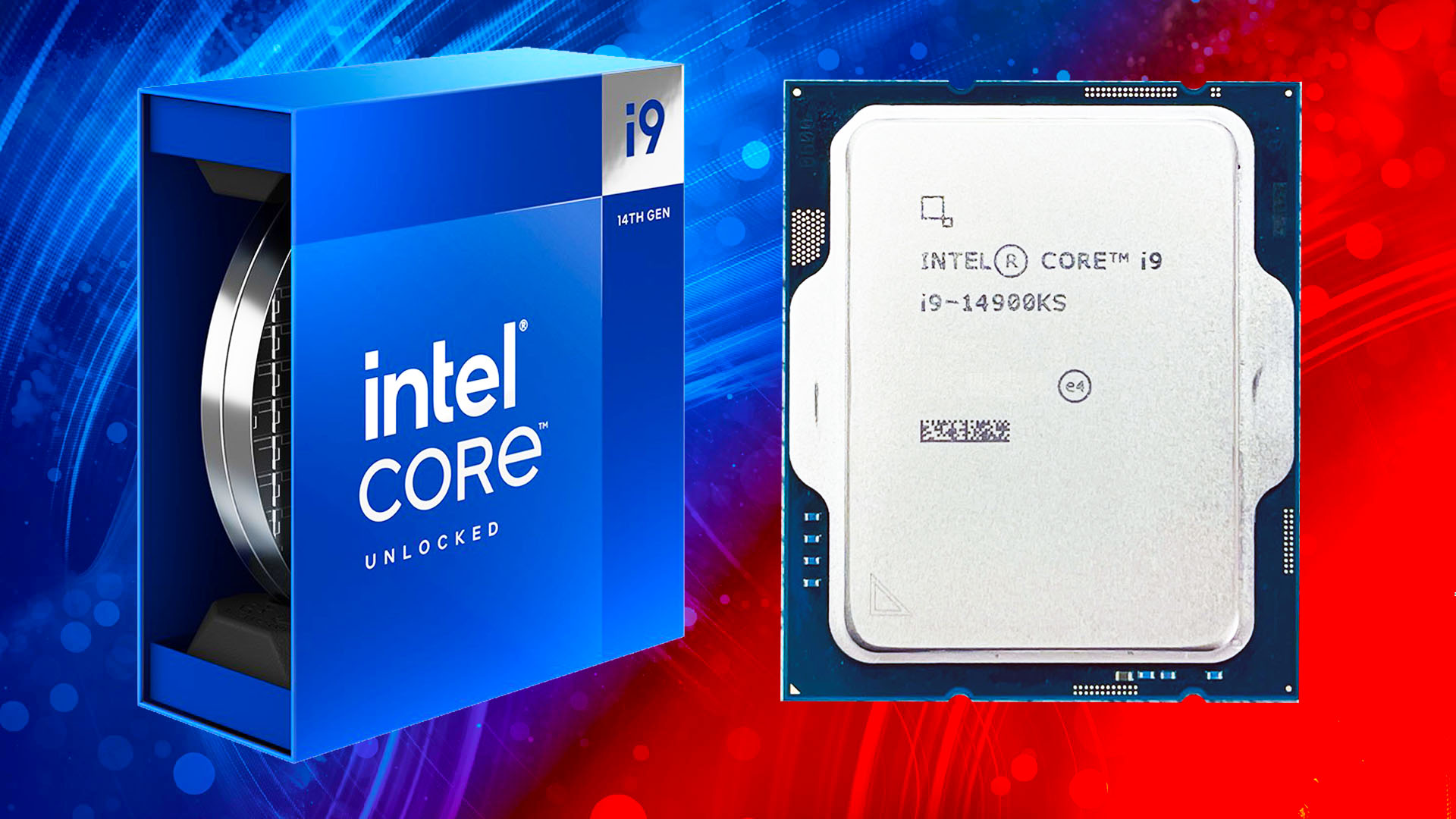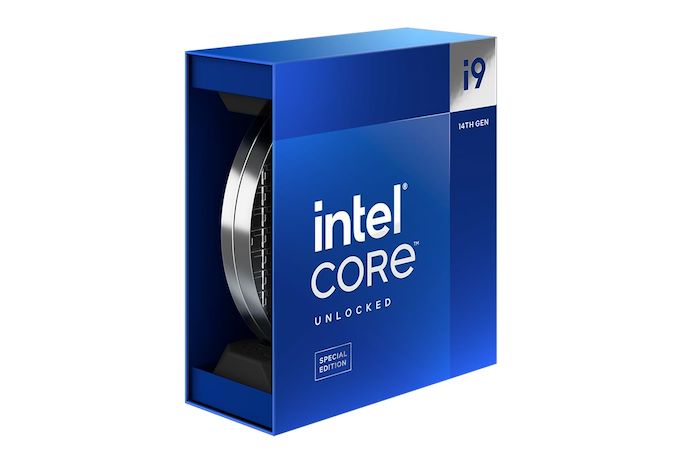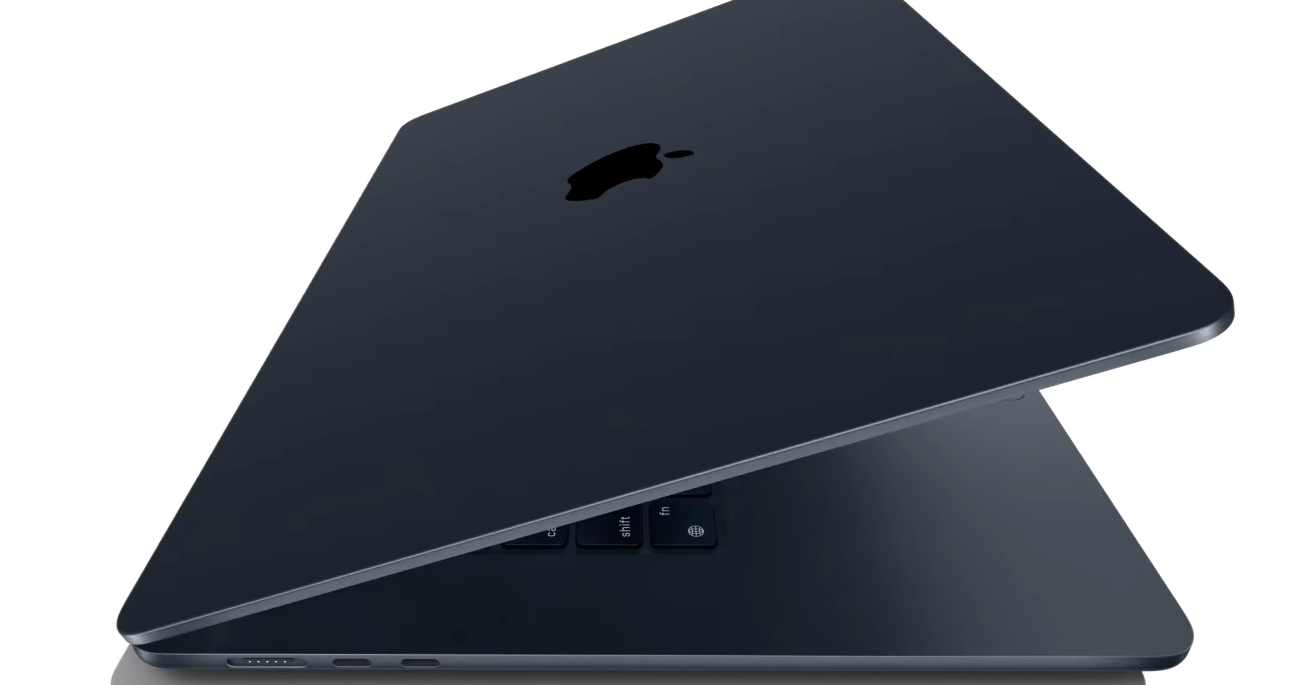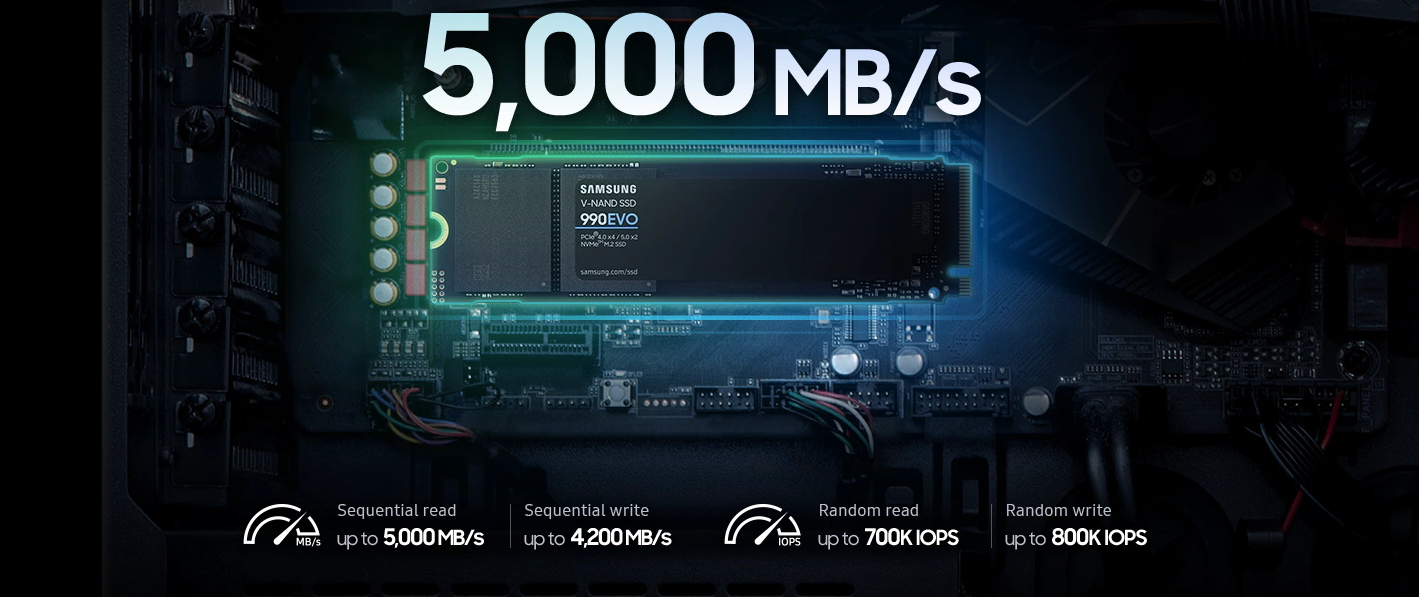With the Intel Core i9-14900KS, processing performance and speed are optimized to unprecedented levels. With its incredible 9.12GHz overclock, this beast of a CPU breaks records and establishes a new benchmark for computing power. In this in-depth analysis, we examine the capabilities, characteristics, and ramifications of the Intel Core i9-14900KS, delving into how it expands the realm of high-performance computing possibilities.

Table of Contents
Yesterday marked the official release of Intel’s much-anticipated Core i9-14900KS, and since then, the CPU has smashed numerous records, including being the fastest processor ever.
According to Tom’s Hardware, an Asus team of skilled overclockers managed to drive the Core i9-14900KS, which comes with a powerful 6.2GHz boost, to 9.117GHz, setting a new world record. As you may anticipate, this bump was only obtained on a single core; you cannot acquire 6.2GHz at default rates on all cores.
Using liquid helium as an unconventional cooling method, the team, which included well-known overclockers Elmor, SkatterBencher, and Shamino, had to raise the voltage to an incredible 1.85V in order to achieve the nearly 9.12GHz clock speed.
With the Core i9-14900KS surpassing the Core i9-14900KF (the 14900K without integrated graphics) which previously reached 9.044GHz, the Core i9-14900KS is currently the fastest CPU ever made. (Once more, when enhanced by an Asus overclocking team that includes SkatterBencher).
Furthermore, according to Tom’s Hardware, South Korean overclocker Safedisk used the Core i9-14900KS to break new world records in the PiFast, SuperPI 1M, and PYPrime 32B benchmarks.
Evaluation: PiFaster and PiFast
Safedisk’s PiFast record didn’t last long, though, as Splave, another well-known overclocker who also used the 14900KS, quickly overtook it for second place. It’s interesting to note that Splave employed liquid nitrogen cooling (Safedisk, like the Asus overclocking team, used liquid helium).
The enormous speed record-setting 9.12GHz was only the result of the CPU reaching that frequency and verifying it (in CPU-Z), not of the CPU actually running anything (well, except CPU-Z of course). Take note that these benchmarks records were achieved at an overclock of 8.5GHz.
Remember that during earlier attempts to set clock speed records, the 14900KF did manage to momentarily reach 9.1GHz, but the CPU wasn’t stable, and the system crashed before the overclock could be verified. That’s bad news in theory, and the only reason we’ve seen 9.1GHz being exceeded and operating steadily is with the 14900KS.
However, there’s a good chance that clock speed will be surpassed soon enough because many overclockers will be attempting to squeeze even more performance out of the 14900KS.
The 13900KF, which hit 9.008GHz, was the first CPU to surpass the 9GHz threshold, albeit narrowly.
1. Establishing the Scene:
Introducing the newest flagship CPU in Intel’s portfolio, the Core i9-14900KS.
An overview of the role that overclocking plays in pushing CPU performance boundaries.
An explanation of CPU clock speed and its significance for computing performance.
2. Exposing the Technical Details:
thorough analysis of the core count, thread count, cache size, and base clock speed of the Intel Core i9-14900KS.
examination of the architectural upgrades and advancements over earlier Intel processor generations.
An overview of the CPU’s thermal design power (TDP), transistor density, and manufacturing process.
3. Tricks for Overclocking:
investigation of the Intel Core i9-14900KS’s overclocking potential, which resulted in a 9.12GHz overclock that broke all previous records.
An examination of the techniques, cooling options, and stability checks used to reach such a high clock speed.
The effects of severe overclocking on CPU dependability, durability, and performance are discussed.

4. Benchmarks for Performance:
An assessment of the Intel Core i9-14900KS’s performance in real-world apps, gaming environments, and artificial benchmarks.
Performance measures such power efficiency, multi-core performance, and single-core performance are compared with competitors and CPUs from the preceding generation.
examination of the effects of overclocking on system performance improvements and possible bottlenecks.
5. Power Consumption and Thermal Management:
Analysis of power delivery and thermal management schemes for the Intel Core i9-14900KS.
Examination of temperature control, power usage, and heat dissipation in overclocked scenarios.
A discussion on the significance of reliable power supply and effective cooling methods for preserving stability and dependability during overclocking.
6. Consequences for Speculators and Experts:
examination of the effects on PC enthusiasts, overclockers, and professional users of the Intel Core i9-14900KS’s world record overclock.
An examination of the possibility for improved performance in activities including scientific computing, gaming, rendering, and content production.
The wider ramifications for the overclocking community and the quest for extreme computer performance are discussed.
7. Competition and Market Positioning:
An assessment of the Intel Core i9-14900KS’s place in the CPU industry, taking into account factors like cost, target market, and rivalry.
The Intel Core i9-14900KS is compared to rival AMD CPUs, such as the Ryzen series processors.
Examination of the possible effects on market dynamics and consumer choices that the ability to overclock the Intel Core i9-14900KS may have.
8. Prospects for the Future and Conclusion:
investigation of prospective improvements and developments in CPU technology after the Intel Core i9-14900KS.
An overview of the significance of the Intel Core i9-14900KS as a turning point in CPU performance and overclocking accomplishments.
Concluding remarks regarding the significance of the record-breaking overclocking of the Intel Core i9-14900KS for the advancement of high-performance computing and the digital age’s obsession with speed.

Unleashing Productivity: Samsung Galaxy Tab Active5 5G Review
The Samsung Galaxy Tab Active5 5G is a ruggedized tablet with

Top 5 Cloud Storage Management Service Of 2024
Since it provides a safe and easy method of storing, accessing,

Top 5 laptops for Writers in 2024: the top picks for Authors, bloggers, and Journalists
High-end performance specs are not as important as mobility, long battery

Next-Gen Performance: Samsung 990 EVO SSD Review
Samsung has long been a major player in the solid-state drive

Top Firewall Software 2024 Defending Your Digital Stronghold
Strong firewall software is crucial for safeguarding your sensitive data and

The Greatest Earbuds of 2024: Wireless and Wired Options for All Price Points
Earbuds have become a necessary gear for everyone involved in audio

Pingback: the Lenovo ThinkPad X1 Fold 16: Unfolding Innovation Focused
Pingback: Top 10 Cordless Vacuums of 2024: Elevating Cleaning Focused
Pingback: The Greatest Earbuds of 2024: Wireless and Wired Options for